Art
From the digital to the material – artist transcends traditional art
Artist Elizabeth Johnson showcases her exhibition Flatlands, an art installation that borders on the physical and digital realms
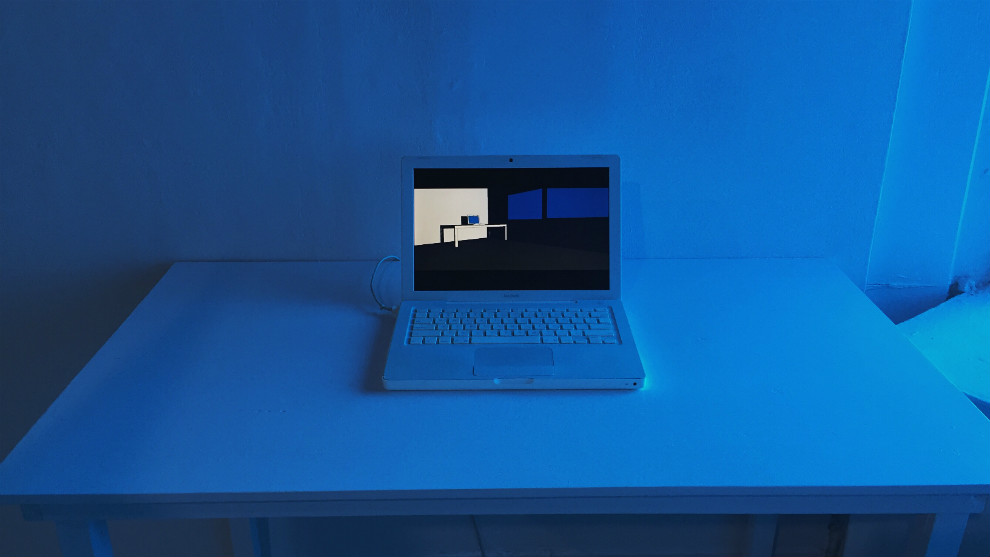
caption
Technology was heavily influential in the FLATLANDS exhibition.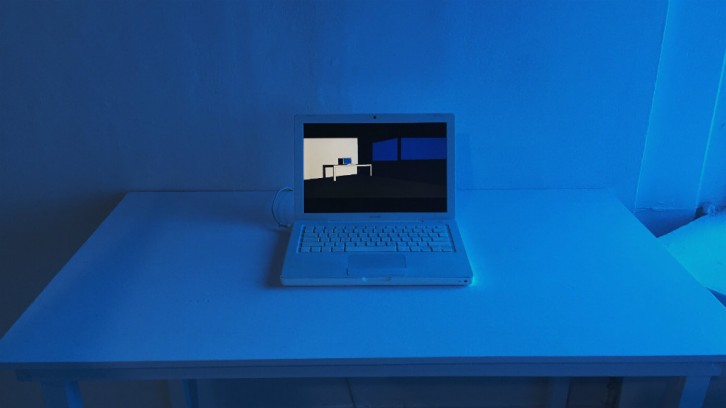
caption
Technology was heavily influential in the FLATLANDS exhibition.A dimly lit room drenched in blue, distant electronic drones and a MacBook playing a slow moving video – all culminating to create a sensation of disorientation and isolation.
These are feelings that the artist, Elizabeth Johnson, has felt and is communicating with her latest exhibition Flatlands at the Anna Leonowens Gallery.
“I’m kind of bored with the whole 2-D wall hangings and I don’t see any reason why art shouldn’t be evolving with our current circumstances – just with the technologically rapid movement of things,” said Johnson.
Her installation is far from traditional visual art. Using a multitude of mediums, she uses the space in the room as her canvas. Although Johnson’s work leans toward more contemporary media, she still prefers the touch of a human hand.
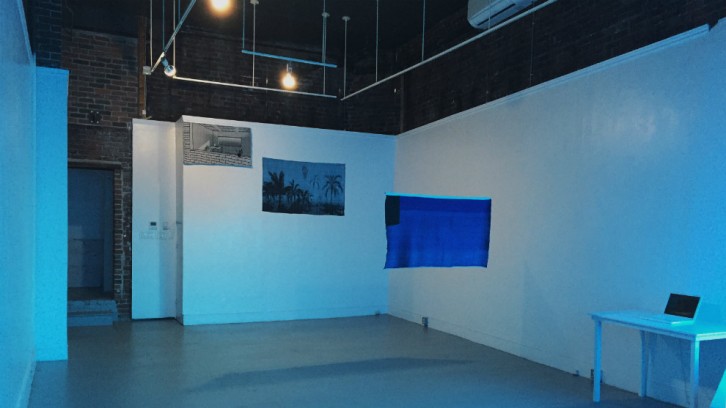
caption
Art materialized from technological beginnings.Suspended from the ceiling are the materialized versions of the digital art displayed on Johnson’s laptop, which plays a video of a virtual tour of an environment eerily similar to the exhibition’s setup.
The laptop display is similar to the view of the room in which the exhibition takes place, giving viewers an Inception-like feel. Johnson said she was inspired by her time in Berlin, where she spent six months on an exchange program.
“I was spending a lot of time — like, more than usual — on my laptop and I felt a lot of tension between the computer screen and the window beside me, and this urge to go outside and experience this amazing, new beautiful city around me, but still always being sucked into the computer,” she said.
Johnson said she struggles with the tension between “the virtual and literal world” and making a connection between the two.
“It’s kind of weird because it’s not like your typical exhibition,” said gallery visitor Katie Brousseau. “I looked at the laptop and I became aware of where I was standing and I felt like I was part of it in a way.”
As for the hanging designs, Johnson said they are made of a special material, Jacquard Loom.
Using a computer program originally intended for 3-D architectural mockups, Johnson created sketches based on the digital environments that she imagines. She then exported these into a bitmap formula, which turns the colorful image into black and white pixelated images easily understood by the loom. The loom reads the information and picks up the threads that should be showing. Each pixel is equivalent to one thread, something that Johnson finds exciting.
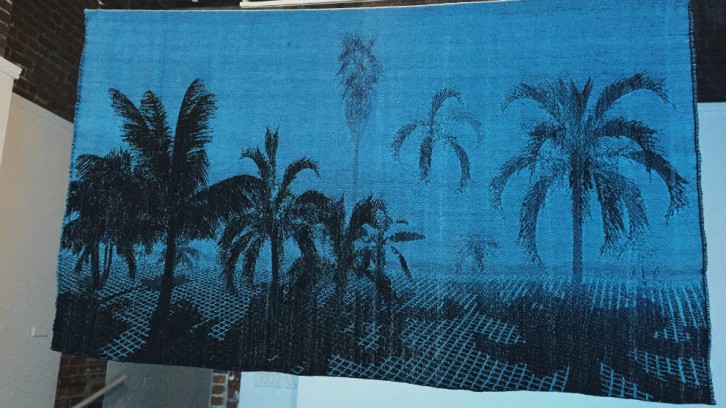
caption
Jacquard loom creation.“Jacquard Loom weaving is kind of this thing I’ve become obsessed with because it’s the perfect intertwine between working with my hands but also this digital media I’ve been always drawn to,” said Johnson.
Her exposure to the technical world came very early, as Johnson’s father owns a computer business. This led Johnson to become critical of technology, which inspires her work.
“The effect it has on people, the pervasive role it plays in our lives and how it is difficult to escape and get away from are all interests of mine,” she said.
Johnson doesn’t like her art to have one set narrative, but she wanted to provide a space where her work can allow visitors to relate it to their own thoughts with technology.
“I find it exciting in terms of the installation. Just having people feel disoriented and confused is great,” Johnson said.
[media-credit name=”Brandon Young” align=”aligncenter” width=”726″]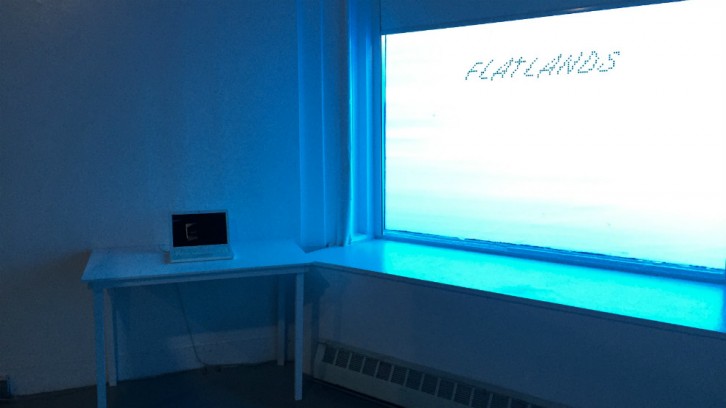 [/media-credit]
[/media-credit]

